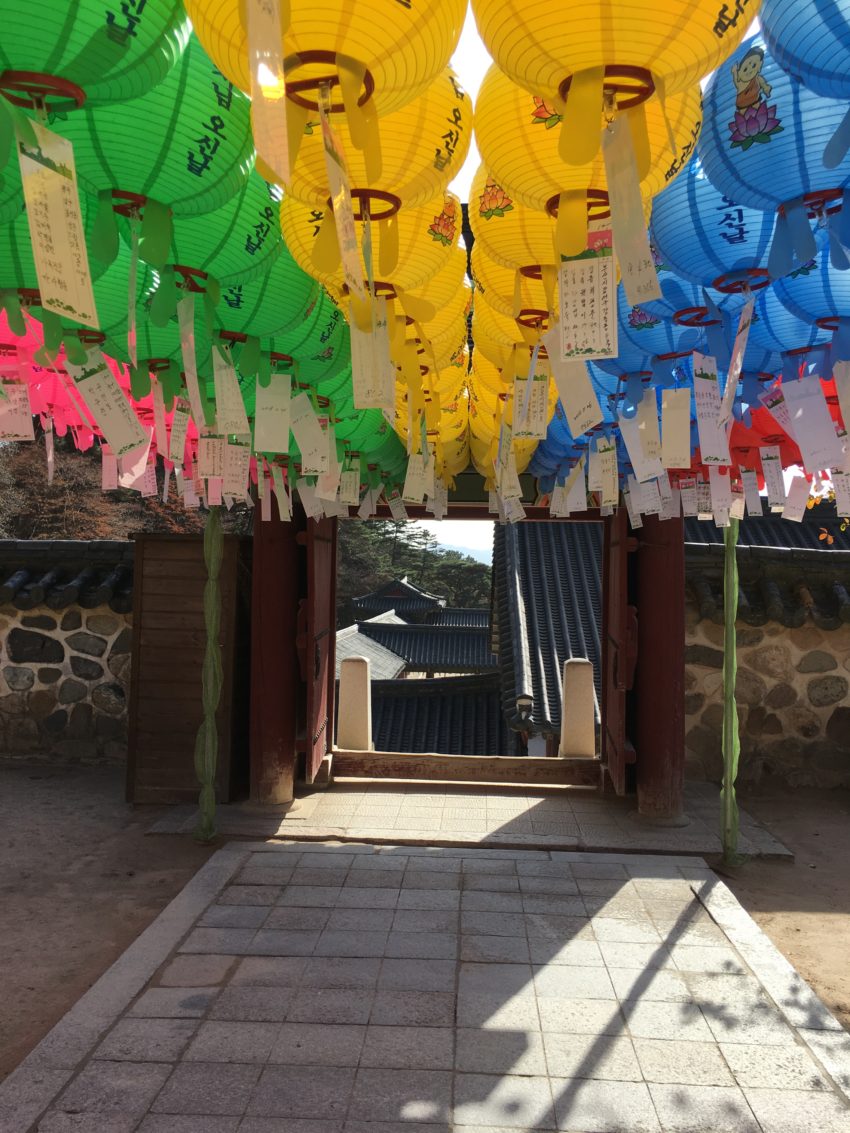After several rainy days in Busan we hired a van for a day-long excursion north to visit Gyeongju, home of the Silla Empire. In historic times Korea had three kingdoms: Gorguryeo, Baekje and Silla. Around 600 AD Silla united / conquered the other two to unite the country that is now Korea. They would go on to rule for 300 years and their capital was Gyeongju. We visited two local sites: the royal tombs and Bulguksa Temple. Both are UNESCO World Heritage sites and we would highly recommend them if you have an extra day in Busan.
Royal Tombs: The royal tombs, as seen in the video, are a collection of large mounds protecting the deceased royals. These mounds are between 30 – 50 ft tall and protect chests containing the deceased and their personal treasures. One was recently excavated and made into an exhibit.
Bulguksa Temple: Founded in 528 AD, the Bulguksa Temple is considered a masterpiece of the golden age of Buddhist art in the Silla kingdom. The temple, like most historical buildings in Korea, has both flourished and suffered, having been destroyed and rebuilt several times. Some of the original stone structures have survived history and the current facility was restored in the early 1970’s based on extensive archaeology and historical records. Instagram has some great photos of our tour of the Bulguksa Temple (see sidebar).
Visiting these sites was a great way to explore Korea’s long history. The Silla Buddhists were at the forefront of technology having invented one of the first metal printing presses. In addition, near the royal tombs sits one the oldest astrological observatory in Asia, built in 650 AD.
For more information check out these links:
Gyeongju: https://en.wikipedia.org/wiki/Gyeongju
Bulguksa Temple: https://en.wikipedia.org/wiki/Bulguksa


So interesting. You are bringing us visions of a country few people (I know) visit. Thank you!
Nancy